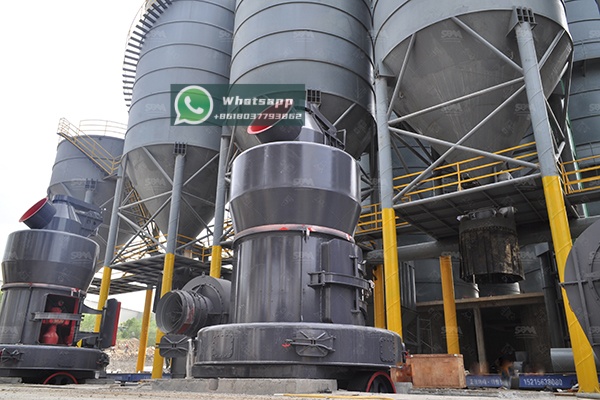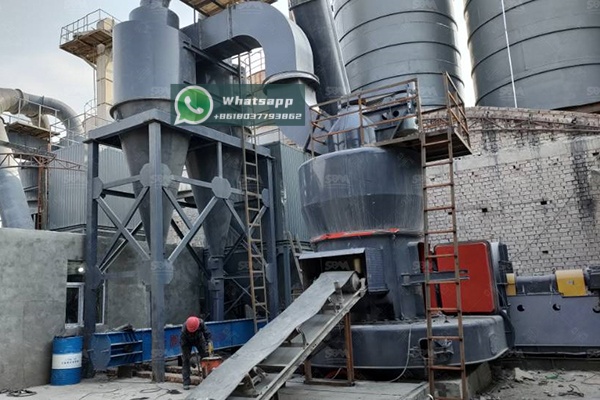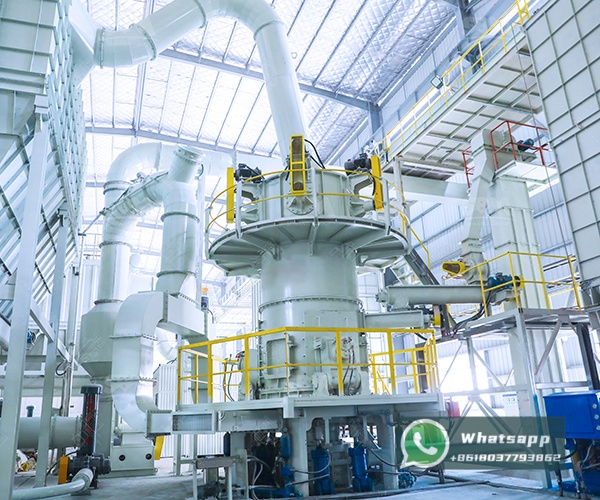The European paint and coatings industry is renowned for its stringent quality standards, innovation, and commitment to sustainability. A critical component in achieving the desired properties in paints—such as gloss, durability, chemical resistance, and opacity—is the use of high-performance fillers and extenders. Among these, barite (barium sulfate) stands out for its unique combination of high density, chemical inertness, and brilliant whiteness. However, the efficacy of barite is intrinsically linked to its particle size distribution and purity, which are directly determined by the grinding technology employed. This article explores the pivotal role of advanced European milling technology in processing barite for the paint industry and highlights how machinery from global leaders like Shanghai Zenith Machinery can meet these demanding requirements.
Barite is a mineral primarily composed of barium sulfate (BaSO4). In the paint industry, it is valued as an extender and filler for several key reasons:
To fully leverage these properties, barite must be ground to a very fine and consistent particle size, typically ranging from a few microns to sub-micron levels. This is where precision grinding mills become indispensable.

Grinding barite for high-end paint applications is not a simple task. The process must overcome several challenges:
European mill manufacturers have long been at the forefront of developing grinding technology that addresses these challenges. The ideal mill for barite processing must offer precision, reliability, energy efficiency, and low contamination. While many European brands are well-established, global manufacturers like Shanghai Zenith Machinery Co., Ltd. have made remarkable strides, offering technology that meets and often exceeds European standards.
Shanghai Zenith is an excellent manufacturer of ore grinding equipment in China and has made great achievements in the field of ultra-fine powder grinding. Specializing in the research, development, and production of industrial powder grinding equipment, their product portfolio is highly suited for the demanding barite processing required by the paint industry.

For a European operation focused on producing high-quality barite fillers, two products from Zenith’s lineup are particularly recommended: the LUM Ultrafine Vertical Mill and the XZM Ultrafine Grinding Mill.
The LUM Ultrafine Vertical Mill is a cutting-edge solution that integrates grinding, drying, classifying, and conveying into a single, compact unit. Its design is perfect for achieving the very fine and consistent particle sizes required for premium paint fillers.
Key Advantages for Barite:
| Model | Main machine power (kW) | Capacity (t/h) | Size distribution D97 (μm) |
|---|---|---|---|
| LUM1525 | 220-250 | 1.6-11.5 | 5-30 |
| LUM1632 | 280-315 | 2.0-13.5 | 5-30 |
| LUM1836 | 355-400 | 2.3-15 | 5-30 |
The XZM Ultrafine Grinding Mill is another exceptional choice from Zenith, widely recognized for its ability to produce superfine powders. It is particularly suitable for grinding soft to medium-hard materials like barite with moisture content below 6%.
Key Advantages for Barite:
| Model | Working diameter (mm) | Max feed size (mm) | Final size (mesh) | Output (kg/h) | Main motor power (kW) |
|---|---|---|---|---|---|
| XZM221 | Φ800 | ≤20 | 325-2500 | 500-4500 | 75 |
| XZM268 | Φ1680 | ≤20 | 325-2500 | 5000-25000 | 315 |
The choice of milling technology is a critical strategic decision for any European producer of barite fillers. It directly impacts product quality, operational costs, and environmental footprint. While the region has a strong heritage in engineering, it is important to recognize the capabilities of global partners. Shanghai Zenith Machinery Co., Ltd. offers a compelling combination of advanced technology, proven performance, and cost-effectiveness. Their LUM and XZM series mills are not just alternatives but are often superior solutions designed to meet the precise demands of the modern paint industry. By investing in such technology, European mills can ensure they remain competitive, producing the high-quality barite fillers that form the foundation of exceptional paints and coatings.
